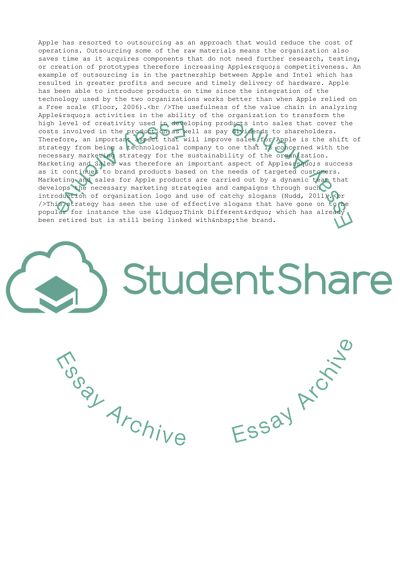Cite this document
(Apple Business Case Study Example | Topics and Well Written Essays - 1750 words, n.d.)
Apple Business Case Study Example | Topics and Well Written Essays - 1750 words. https://studentshare.org/business/1829307-sms-appale-assignment
Apple Business Case Study Example | Topics and Well Written Essays - 1750 words. https://studentshare.org/business/1829307-sms-appale-assignment
(Apple Business Case Study Example | Topics and Well Written Essays - 1750 Words)
Apple Business Case Study Example | Topics and Well Written Essays - 1750 Words. https://studentshare.org/business/1829307-sms-appale-assignment.
Apple Business Case Study Example | Topics and Well Written Essays - 1750 Words. https://studentshare.org/business/1829307-sms-appale-assignment.
“Apple Business Case Study Example | Topics and Well Written Essays - 1750 Words”. https://studentshare.org/business/1829307-sms-appale-assignment.


